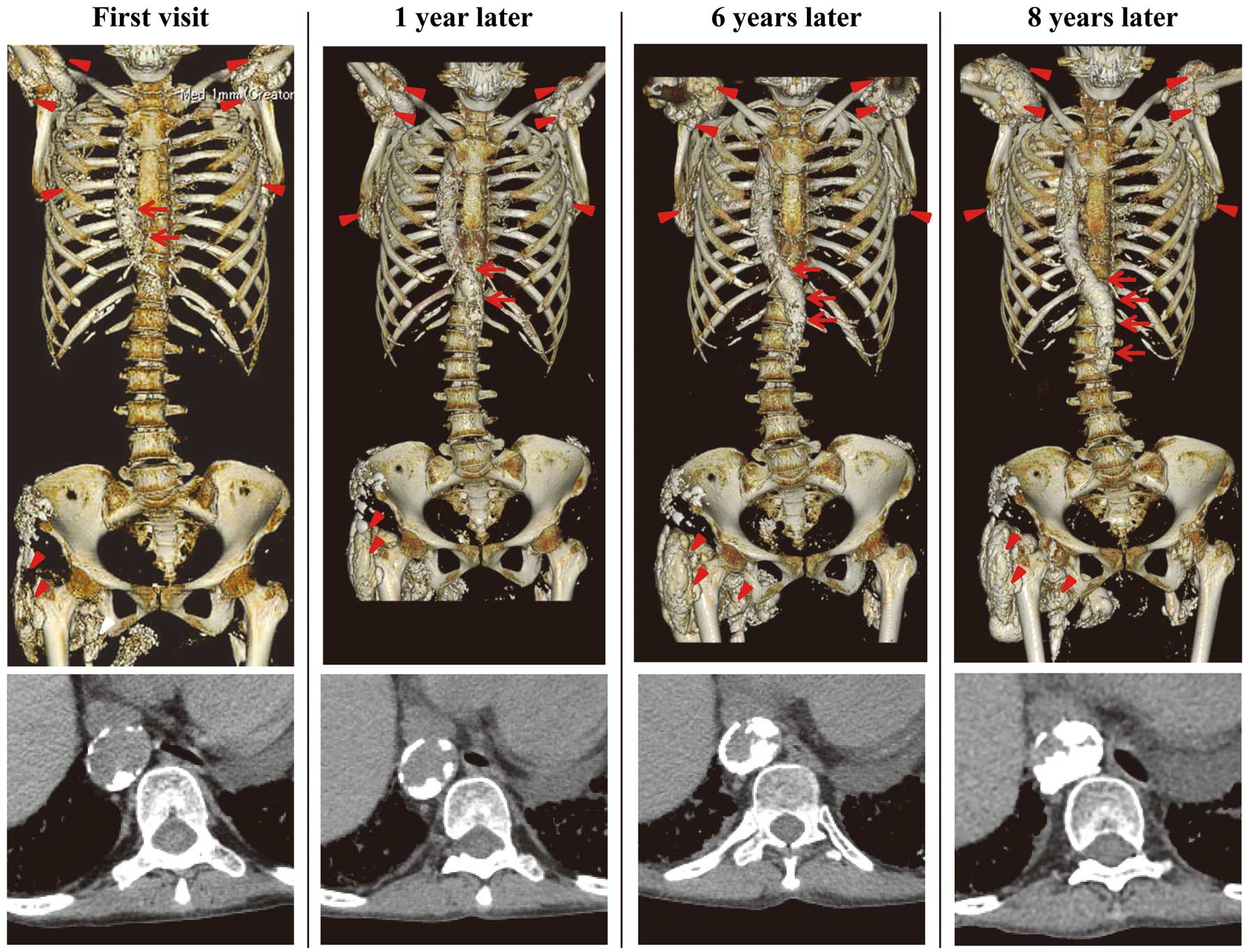- J-STAGE home
- /
- Circulation Journal
- /
- Volume 83 (2019) Issue 9
- /
- Article overview
- /
- Full view
-
Seigo Miyoshi
Department of Cardiology, Pulmonology, Hypertension and Nephrology, Ehime University Graduate School of Medicine
-
Takuya Matsumoto
Department of Hematology, Clinical Immunology and Infectious Diseases, Ehime University Graduate School of Medicine
-
Teruki Kidani
Department of Bone and Joint Surgery, Ehime University Graduate School of Medicine
-
Eiji Sugimoto
Department of Cardiology, Pulmonology, Hypertension and Nephrology, Ehime University Graduate School of Medicine
-
Yukihiro Nakamura
Department of Cardiology, Pulmonology, Hypertension and Nephrology, Ehime University Graduate School of Medicine
-
Tetsuya Yamamoto
Department of Cardiology, Pulmonology, Hypertension and Nephrology, Ehime University Graduate School of Medicine
-
Takahide Kato
Department of Cardiology, Pulmonology, Hypertension and Nephrology, Ehime University Graduate School of Medicine
-
Shoicihiro Yamamoto
Department of Cardiology, Pulmonology, Hypertension and Nephrology, Ehime University Graduate School of Medicine
-
Chizuru Hamada
Department of Cardiology, Pulmonology, Hypertension and Nephrology, Ehime University Graduate School of Medicine
-
Naohiko Hamaguchi
Department of Cardiology, Pulmonology, Hypertension and Nephrology, Ehime University Graduate School of Medicine
-
Yasuhito Hamaguchi
Department of Dermatology, Faculty of Medicine, Institute of Medical, Pharmaceutical and Health Sciences, Kanazawa University
-
Osamu Yamaguchi
Department of Cardiology, Pulmonology, Hypertension and Nephrology, Ehime University Graduate School of Medicine
2019 Volume 83 Issue 9 Pages 1972-
- Published: August 23, 2019 Received: November 25, 2018 Released on J-STAGE: August 23, 2019 Accepted: January 27, 2019 Advance online publication: March 07, 2019 Revised: December 20, 2018
(compatible with EndNote, Reference Manager, ProCite, RefWorks)
(compatible with BibDesk, LaTeX)


